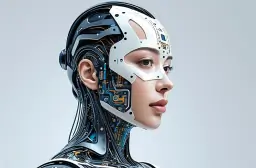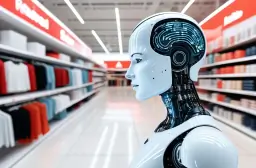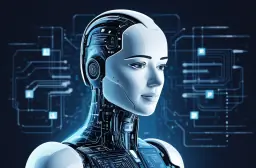Smart Cities Artificial Intelligence: Shaping Urban Futures
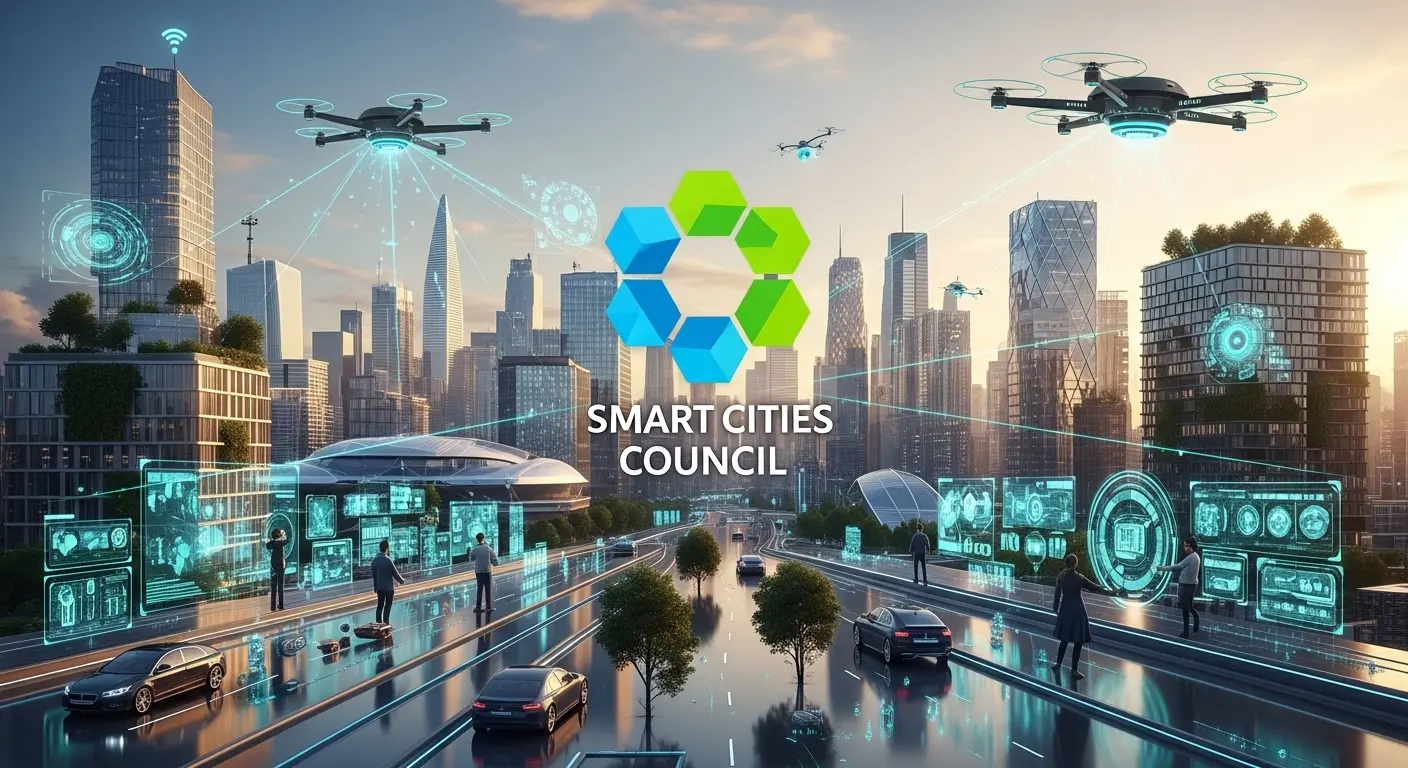
Table of Contents
What if our cities could think, learn, and evolve just like living organisms? Imagine traffic lights adjusting in real time to reduce congestion, waste bins signaling when they’re full, or emergency services responding proactively before a crisis even occurs. Sounds like science fiction? Welcome to the world of smart cities artificial intelligence—a world where data, connectivity, and AI converge to reshape the places we call home.
As our urban environments face mounting challenges—overpopulation, pollution, traffic chaos, and resource depletion—we’re at a pivotal point in history. The rise of smart cities AI offers us a solution that is both visionary and practical. With artificial intelligence at the heart of this evolution, we can optimize city life for efficiency, sustainability, and inclusivity. It’s not just about cool tech; it’s about redefining how we live, move, and connect in the urban age.
But here’s the real question: Can artificial intelligence truly make our cities smarter—or are we simply handing over control to algorithms we don’t fully understand? The answer lies in the intersection of innovation, governance, and human-centric design—and it’s exactly what we’re here to explore.
Understanding the Foundation of Smart Cities and AI
Smart cities artificial intelligence is not a futuristic fantasy—it’s an active transformation already unfolding in cities around the globe. At its core, a smart city leverages connected devices, data analytics, and AI to automate and enhance urban services. From traffic flow optimization to energy efficiency, these advancements rely heavily on a well-integrated digital infrastructure.
AI plays a pivotal role in interpreting the vast amounts of data generated by IoT sensors across cities. For instance, intelligent city technology uses real-time data to predict peak traffic times, monitor air quality, or even detect unusual behavior patterns that could signal safety risks. By converting raw data into actionable insights, AI empowers city leaders to make better, faster, and more sustainable decisions.
Moreover, the foundation of smart cities AI includes machine learning for smart cities, which allows systems to improve over time without explicit programming. Think about waste management systems that adapt pickup schedules based on bin capacity, or water distribution systems that prevent leaks through predictive modeling. The combination of connectivity, computation, and cognition creates the blueprint for future-ready cities.
AI-Driven Urban Planning and Predictive Modeling
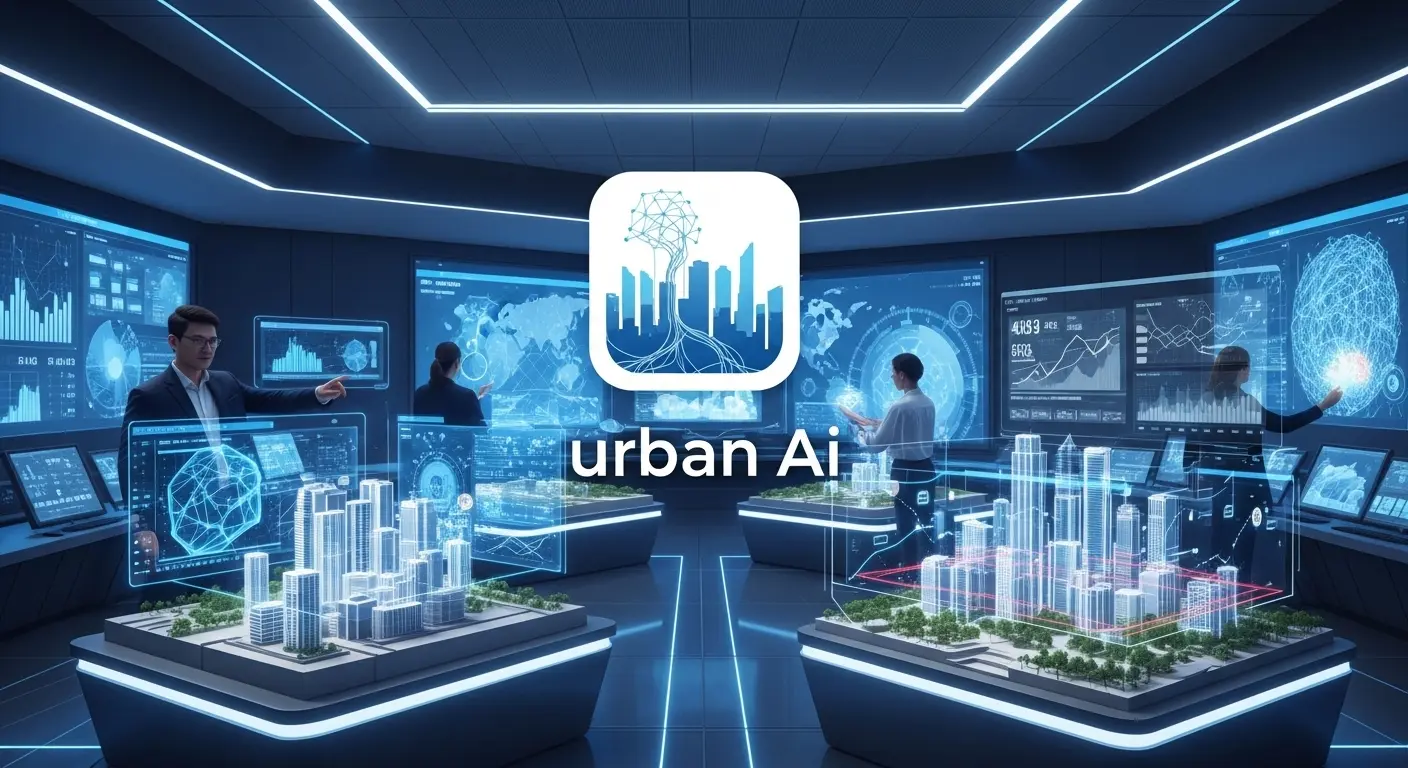
AI-powered urban analytics allow city developers to:
- Identify optimal land use configurations.
- Simulate emergency evacuations in different disaster scenarios.
- Project population growth and service demand over decades.
Take Singapore, for example. Through its Virtual Singapore initiative, the city-state uses 3D maps powered by neural networks for cities to simulate everything from building energy efficiency to pedestrian flows. This allows authorities to test ideas in a virtual environment before deploying them in the real world.
However, challenges remain. Biased data, lack of community input, and the risk of over-automation can compromise equity and inclusiveness. To truly succeed, smart planning must combine algorithmic intelligence with human wisdom.
Intelligent Transportation Systems: Reducing Congestion, Saving Lives
Transportation is the lifeblood of any city, and with AI, it’s becoming faster, safer, and greener. Intelligent transportation systems rely on sensors, computer vision, and predictive AI to manage traffic in real-time, optimize public transit routes, and support autonomous vehicles.
Consider Los Angeles, where adaptive traffic signals powered by AI in city infrastructure have reduced travel times by up to 12%. These systems analyze traffic density and adjust signal timing dynamically—no human intervention needed.
AI is also powering:
- Real-time transit updates and route optimizations.
- Predictive maintenance of rail and bus fleets.
- Integration of micromobility options (e-scooters, bikes) into broader transport networks.
But the real game-changer lies in autonomous urban systems. Self-driving cars, delivery drones, and AI-assisted ride-sharing platforms are not just about convenience—they promise to cut emissions, minimize accidents, and reclaim valuable urban space. The catch? Ensuring these systems are safe, inclusive, and ethically governed.
Smart Governance and AI for Public Services
We often think of AI as a tech problem, but it’s increasingly a governance issue. Smart governance AI represents a shift in how city administrations function—moving from reactive service delivery to predictive, proactive governance.
With AI for public services, cities can:
- Detect fraud in real estate transactions or social programs.
- Prioritize building inspections based on risk factors.
- Anticipate emergency calls based on weather or event data.
In New York City, the Mayor’s Office of Data Analytics uses AI to identify illegal conversions in residential buildings—improving safety while saving taxpayer dollars. Similarly, automated urban management tools are helping reduce bureaucratic delays and enhance civic engagement.
Still, public trust is critical. Transparent algorithms, explainable AI, and privacy safeguards must be built into the very fabric of digital urban transformation.
Sustainability Through AI-Powered Resource Management
Climate change demands smarter cities—not just technologically advanced, but ecologically responsible. Here’s where sustainable city AI solutions come into play.
By combining IoT and AI in cities, local governments can:
- Monitor air and water quality in real-time.
- Optimize electricity and water usage in buildings.
- Reduce carbon footprints through automated systems.
Barcelona uses AI to manage its public irrigation systems, reducing water waste by 25%. In San Diego, AI helps analyze waste collection patterns to streamline operations and reduce emissions.
Here’s a simple breakdown of how AI is impacting sustainability across various systems:
| Area | AI Application | Impact |
|---|---|---|
| Energy Grid | Smart metering, predictive consumption | Lower energy waste, dynamic pricing |
| Water Supply | Leak detection, demand forecasting | 24/7 clean supply, reduced losses |
| Waste Management | Smart bins, route optimization | Fewer emissions, efficient pickup |
| Air Quality | AI forecasting pollution peaks | Health warnings, emissions control |
The goal isn’t just operational efficiency—it’s resilience. Cognitive city systems must adapt to changing climates, disasters, and population pressures.
The Role of AI in Safety, Health, and Social Equity
A truly smart city is one where everyone thrives, not just the tech-savvy elite. AI’s role in enhancing public health, safety, and equity cannot be overstated.
With connected city intelligence, law enforcement agencies can identify crime hotspots using AI-powered heatmaps. Hospitals can forecast outbreaks based on social and environmental data. Social services can better allocate aid by using data-driven city management models.
For instance:
- AI chatbots in city portals assist non-English speakers or the elderly in accessing services.
- Predictive models can flag neighborhoods most at risk for heatwaves or pandemics.
- AI for public services ensures marginalized groups aren’t left behind in policy planning.
But algorithms reflect the data we feed them. If biases exist in the input, the output will only amplify inequality. That’s why ethical frameworks, citizen feedback loops, and diverse data sets are essential for AI to serve all urban residents fairly.
Overcoming Challenges and Building Smarter Futures
While the promise of AI for smart cities is enormous, the path is not without obstacles. Data privacy, algorithmic bias, infrastructure gaps, and public skepticism pose serious concerns.
To overcome these, cities must:
- Establish ethical AI frameworks and regulations.
- Engage citizens through participatory planning tools.
- Invest in AI literacy for policymakers and residents.
- Promote open data ecosystems for accountability.
One thing is clear—the future of smart cities AI isn’t just about adopting technology; it’s about reinventing how we govern, grow, and give back to the people. We must be intentional, inclusive, and future-facing in every step we take.
FAQs
What is smart cities artificial intelligence?
Smart cities artificial intelligence refers to the integration of AI technologies into urban infrastructure to enhance the efficiency, sustainability, and livability of cities.
How does AI improve urban transportation?
AI powers intelligent transportation systems that optimize traffic signals, support autonomous vehicles, and provide real-time transit updates, reducing congestion and improving safety.
Can AI help cities become more sustainable?
Yes, AI enables efficient energy and water use, predictive waste management, and real-time environmental monitoring, contributing to greener, more resilient cities.
What are the risks of using AI in city management?
Key risks include data privacy concerns, biased algorithms, over-reliance on automation, and lack of transparency. Ethical frameworks and public participation are crucial to mitigating these issues.
How is AI used in public services and governance?
AI supports fraud detection, emergency prediction, social service delivery, and streamlined bureaucracy through predictive analytics and automated decision-making tools.
Conclusion
Smart cities artificial intelligence is not just an emerging trend—it’s a necessary evolution. From urban planning and governance to transportation and sustainability, AI is fundamentally changing how our cities operate and how we live within them. Yet, the true success of smart cities will depend on how well we align technology with humanity.
We must move beyond shiny gadgets and focus on building inclusive, adaptive, and ethical systems. As we continue our journey into this AI-powered urban future, let’s ensure that progress doesn’t just happen to us—it happens with us.
Key Takeaways
- Smart cities artificial intelligence leverages AI to make urban areas more efficient, safe, and sustainable.
- Predictive modeling and AI-driven planning help simulate and shape future cityscapes.
- Transportation systems, governance, and sustainability efforts are already benefiting from intelligent automation.
- Ethical concerns like privacy, equity, and transparency require deliberate governance.
- Community engagement and responsible AI use are essential to ensuring inclusive, future-ready cities.
Popular Tags
ADS SPACE HERE
